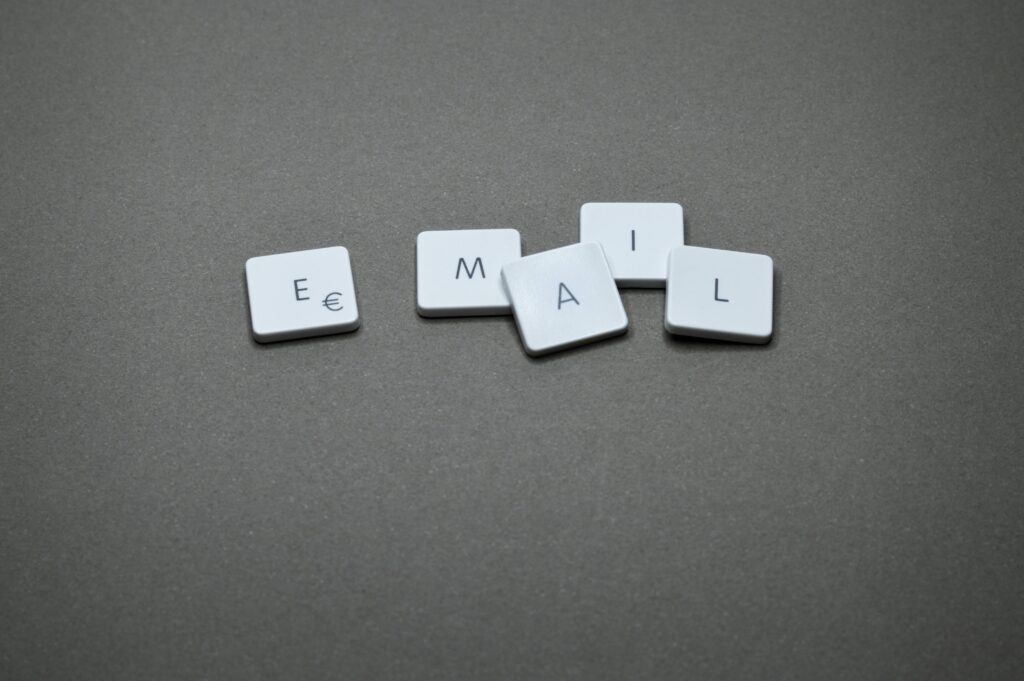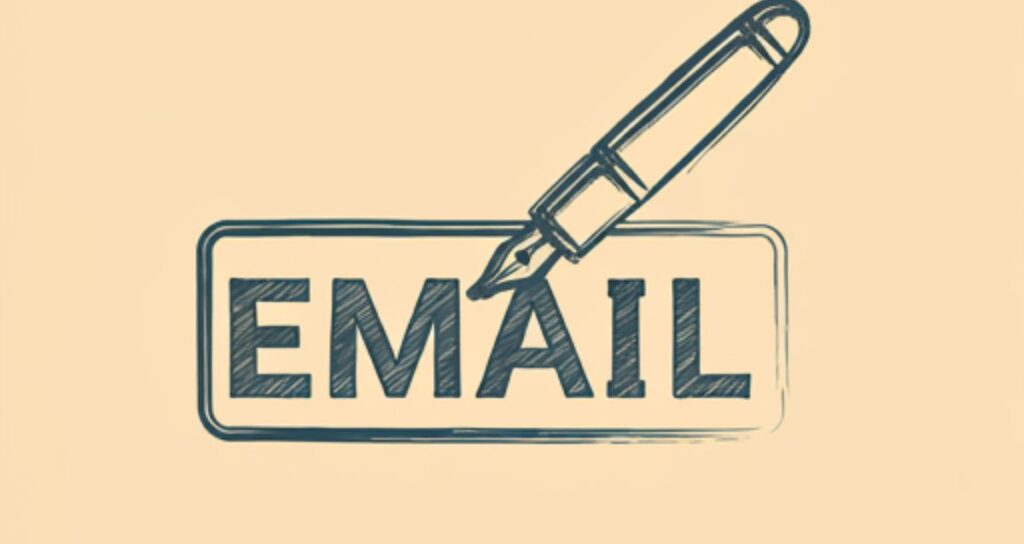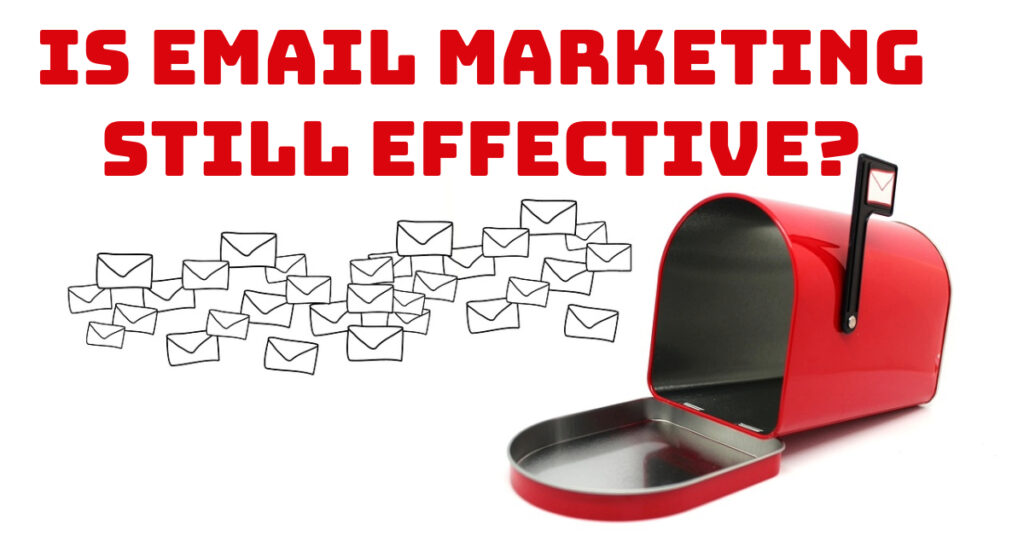What is a Marketing Email?
A marketing email is a digital communication sent to a targeted audience with the primary goal of promoting a product, service, or brand. It’s a cornerstone of digital marketing, offering businesses a direct channel to connect with potential and existing customers.
Unlike spam, which is unsolicited and often unwanted, marketing emails are typically sent to individuals who have opted-in to receive communications from the sender. This implies a level of permission and interest, making marketing emails a more effective and ethical form of outreach compared to traditional advertising methods.
To understand In more depth “What is a Marketing Email?” you can say that:
Marketing emails serve a variety of purposes, including generating leads, driving sales, building brand awareness, and fostering customer loyalty. They can be tailored to specific segments of the audience, allowing businesses to deliver highly relevant and personalized messages.
Additionally, marketing emails provide valuable data on customer behaviour, enabling companies to refine their marketing strategies and optimize campaigns for maximum impact.
What is a Marketing Email? Examples

Here are a few common types and examples to elaborate on: “What is a Marketing Email?”:
Promotional Email:
Offering discounts, sales, or limited-time offers.
Example: “20% off your first purchase!”
Content: Highlights the discount, includes a clear call to action (CTA) to shop now, and provides a sense of urgency (e.g., limited-time offer).
Newsletter:
Providing valuable content, industry news, and company updates.
Example: “Weekly Tech Tips and Trends”
Content: Delivers valuable content related to technology, industry news, and company updates. Includes links to relevant articles or blog posts.
Product Launch:
Introducing a new product or service with its features and benefits.
Example: “Introducing our new line of sustainable skincare products”
Content: Showcases the new product line, highlights its unique features and benefits, and includes high-quality images or videos.
Abandoned Cart:
Reminding customers about items left in their shopping cart.
Example: “Don’t forget about those shoes you loved!”
Content: Reminds the customer of the items left in their cart, includes product images, and provides a direct link to checkout.
Customer Appreciation Email:
Expressing gratitude for a customer’s business and fostering loyalty. This type of email often includes exclusive offers, early access to new products, or personalized recommendations. The goal is to strengthen the customer relationship and encourage repeat business. This typically doesn’t seem to be an example of “What is a Marketing Email?” but it is.
An example of a customer appreciation email might say: “Thank you for being a valued customer! As a token of our appreciation, enjoy 15% off your next purchase and early access to our new fall collection. We’re committed to providing you with exceptional products and service.”
How Does a Marketing Email Work?
The answer to “What is a Marketing Email?” is insufficient because the life cycle of a marketing email typically involves several key stages. Here are the stages:
- List Building: Acquiring email addresses through various channels such as website forms, social media opt-ins, or purchased lists (with compliance considerations).
- Segmentation: Categorizing email subscribers into distinct groups based on demographics, preferences, behavior, or purchase history to deliver tailored content.
- Content Creation: Developing engaging and relevant email content, including compelling subject lines, persuasive copy, and visually appealing designs.
- Email Delivery: Utilizing email marketing software to send the crafted emails to the segmented audience.
- Performance Tracking: Monitoring key metrics like open rates, click-through rates, conversion rates, and bounce rates to measure campaign effectiveness.
- Optimization: Analyzing email performance data to refine future campaigns, improve targeting, and enhance content.
- Email Service Providers (ESPs): Leveraging reputable ESPs to manage email lists, deliver campaigns, and track performance.
- A/B Testing: Experimenting with different subject lines, content, and design elements to identify optimal approaches.
- Automation: Implementing automated email workflows (e.g., welcome series, abandoned cart reminders) to streamline processes and improve efficiency.
- Personalization: Tailoring email content to individual recipients based on their preferences and behavior.
- Compliance: Adhering to email marketing laws and regulations (e.g., CAN-SPAM Act, GDPR) to protect user privacy and maintain sender reputation.
How to Create a Marketing Email?

After understanding “What is a Marketing Email?” and it’s life cycle it’s time to learn how to create it. The word writing doesn’t suits it. You’ll realise after reading 4 following steps.
Define Your Goals:
Clearly articulate the primary objective of your email campaign. What do you hope to achieve? Are you aiming to increase sales, generate leads, boost brand awareness, or foster customer loyalty? Understanding your goals will help you focus your efforts and measure your success.
Consider setting specific, measurable, achievable, relevant, and time-bound (SMART) goals. For example, instead of simply aiming to “increase sales,” you could set a goal to “increase online sales by 15% in the next quarter through targeted email campaigns.”
Once you have a clear understanding of your goals, you can start crafting your email content and strategy accordingly.
Know Your Audience:
Understanding your target audience is fundamental to creating effective marketing emails. It involves delving deep into their demographics, interests, preferences, behaviors, and pain points. This comprehensive knowledge empowers you to tailor your message precisely to resonate with your audience, increasing the likelihood of engagement and conversions.
By conducting thorough audience research, you can develop buyer personas that represent your ideal customers. These personas serve as valuable guides in crafting content, selecting visuals, and determining the overall tone of your emails. Understanding your audience’s needs, desires, and challenges enables you to create messages that address their specific concerns and offer solutions.
Additionally, consider segmenting your email list based on various criteria, such as demographics, purchase history, engagement level, or preferences. This allows you to deliver highly targeted and personalized content that is more likely to be relevant and valuable to each recipient.
By truly understanding your audience, you can build stronger relationships, increase customer loyalty, and drive better results with your marketing emails.
Choose a Strong Subject Line:
Your subject line is the first impression your email makes, so it’s crucial to craft a compelling and attention-grabbing headline. Here are some key principles to keep in mind:
- Clarity and Relevance: Clearly communicate the main benefit or offer of your email. Use strong, action-oriented language that accurately reflects the content inside.
- Personalization: Tailor your subject line to the specific recipient or segment whenever possible. This can significantly increase open rates.
- Intrigue and Curiosity: Create a sense of curiosity or anticipation to entice recipients to open your email. Use intriguing questions, promises of exclusive content, or limited-time offers.
- Keep it Concise: While you want to be informative, avoid overly long subject lines. Aim for 40-50 characters to ensure visibility on mobile devices.
- A/B Testing: Experiment with different subject lines to see what resonates best with your audience. Test variations in wording, length, and personalization to optimize your results.
Remember, a strong subject line is essential for capturing attention in a crowded inbox. By following these guidelines and continuously testing and refining your approach, you can significantly improve your email open rates and overall campaign performance.
Write Engaging Content that Connects:
Effective marketing emails go beyond simply conveying information; they tell a story, evoke emotions, and build a connection with the reader. Here are some key strategies for crafting compelling email content:
- Know Your Audience’s Needs: Understand the specific challenges, desires, and pain points of your target audience. Tailor your content to address these needs directly, demonstrating how your product or service can provide a solution.
- Tell a Story: People are naturally drawn to stories. Create a narrative that resonates with your audience, whether it’s a personal anecdote, a customer success story, or a problem-solution framework. Storytelling helps to build trust and emotional connection.
- Use Clear and Concise Language: Avoid jargon and technical terms that might confuse your readers. Write in a conversational and engaging tone that is easy to understand.
- Highlight Benefits, Not Features: Focus on the value proposition of your product or service. Explain how it will improve the reader’s life or solve their problems. Use persuasive language to emphasize the benefits and outcomes.
- Use Strong Calls to Action: Clearly state what you want the reader to do after reading your email. Whether it’s making a purchase, signing up for a newsletter, or requesting a demo, make the call to action prominent and easy to find.
- Incorporate Visuals: Use high-quality images, infographics, and videos to enhance your message and make your email more visually appealing. Visuals can help break up text and make your content more engaging.
- Keep it Relevant: Tailor your content to the specific interests and preferences of your audience. Avoid generic messages that are not personalized.
- Proofread Carefully: Errors in grammar and spelling can damage your credibility. Proofread your email carefully before sending it out.
By following these guidelines and continuously refining your approach, you can create engaging and effective marketing emails that drive conversions and build customer loyalty. If you can do it by yourself then it’s fantastic. otherwise you can hire an email copywriter to create it for you.
How Long Should a Marketing Email Be?
The ideal length of a marketing email depends on the content and target audience. However, shorter emails tend to perform better due to shorter attention spans. Aim for concise and impactful content, using bullet points and clear headings to improve readability.
What is the Best Time to Send a Marketing Email?

The best time to send a marketing email depends on your target audience’s behavior and time zones. However, general guidelines suggest sending emails on weekdays between 9 AM and 3 PM. It’s essential to experiment with different send times to determine the optimal time for your specific audience. to know about “What is the Best Time to Send a Marketing Email?” click here.
Conclusion:
What is a marketing email? It’s a powerful tool for businesses to connect with customers and drive growth. To understand “What is a Marketing Email? ” a short answer is not enough, it is necessary to have knowledge all aspects of discussed above.



